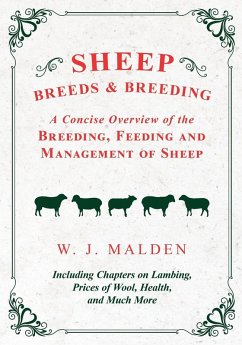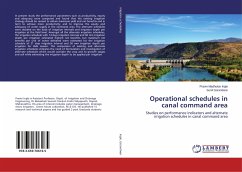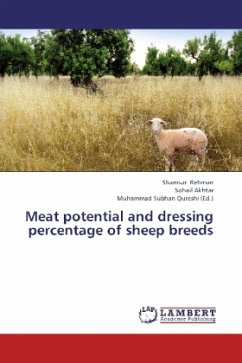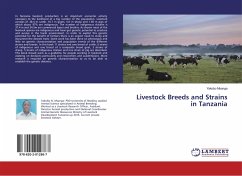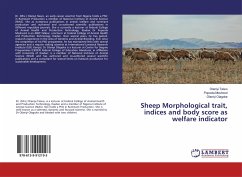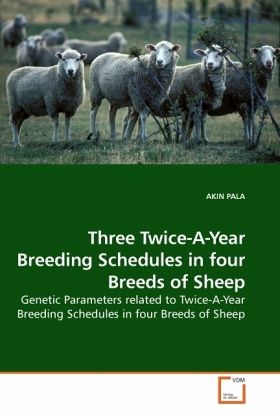
Three Twice-A-Year Breeding Schedules in four Breeds of Sheep
Genetic Parameters related to Twice-A-Year Breeding Schedules in four Breeds of Sheep
Versandkostenfrei!
Versandfertig in 6-10 Tagen
32,99 €
inkl. MwSt.

PAYBACK Punkte
16 °P sammeln!
Dorset, Finnsheep, Composite I (50% Finnsheep, 25% Dorset, and 25% Rambouillet), and Composite II (50% Finnsheep, 25% Suffolk, and 25% Targhee) sheep were evaluated under three different twice-a-year breeding schedules. Data were obtained on 9419 lambs produced from 2334 ewes and 257 rams for five years. Composite ewes had the highest conception rates and litter sizes along with the heaviest litters. Animals bred in schedule I had the heaviest and largest litters, and highest conception rate. Twice-a-year lambing programs must use the correct breeding schedule and using composite breeds can be...
Dorset, Finnsheep, Composite I (50% Finnsheep, 25% Dorset, and 25% Rambouillet), and Composite II (50% Finnsheep, 25% Suffolk, and 25% Targhee) sheep were evaluated under three different twice-a-year breeding schedules. Data were obtained on 9419 lambs produced from 2334 ewes and 257 rams for five years. Composite ewes had the highest conception rates and litter sizes along with the heaviest litters. Animals bred in schedule I had the heaviest and largest litters, and highest conception rate. Twice-a-year lambing programs must use the correct breeding schedule and using composite breeds can be of great benefit. Genetic parameters for were estimated using REML with animal models. Heritability estimates were moderate to high for weight traits and low to moderate for reproduction traits, indicating that selection in twice-a-year lambing programs is feasible. Litter weaning weight may be increased along with conception rate and litter size in a selection program based on twice-a-yearlambing. Small genetic correlation between dry and lactating ewes indicated that grouping sires according to the lactation status of the ewes is necessary in a selection program.



